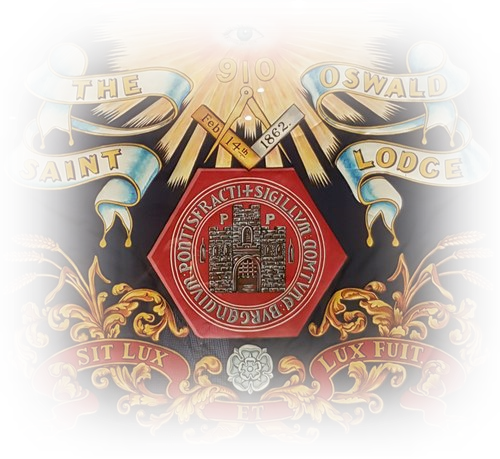
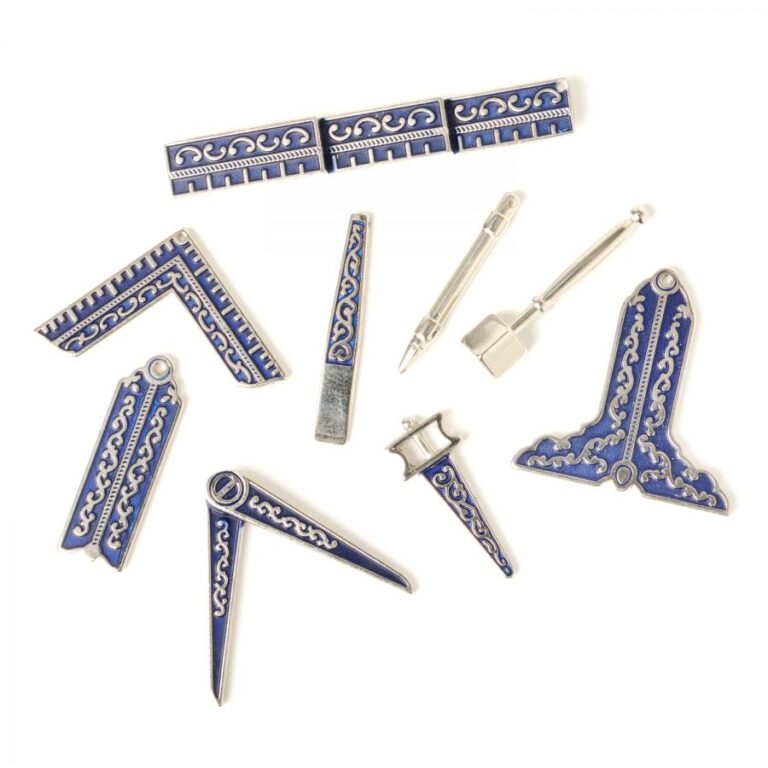
Questions and answers

A. We are not, but Lodge meetings, like those of many other groups are private and open only to members. The rules and aims of Freemasonry are available to the public. Meeting places are known, and in many areas are used by the local community for activities other than Freemasonry. Members are encouraged to speak openly about Freemasonry.
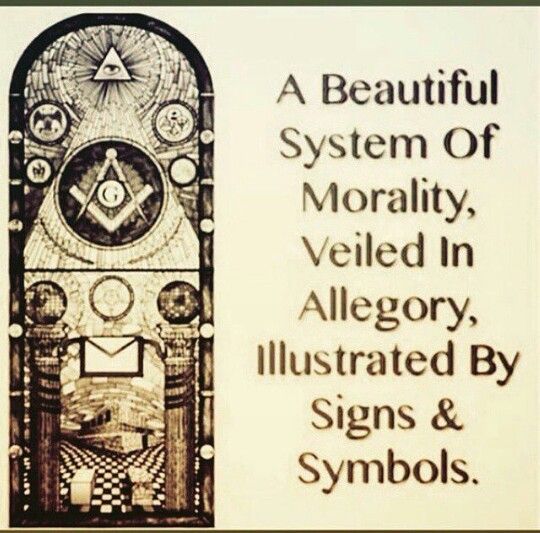
A. The secrets of Freemasonry are the traditional modes of recognition which are not used indiscriminately, but solely as a test of membership (eg when visiting a Lodge where you are not known).
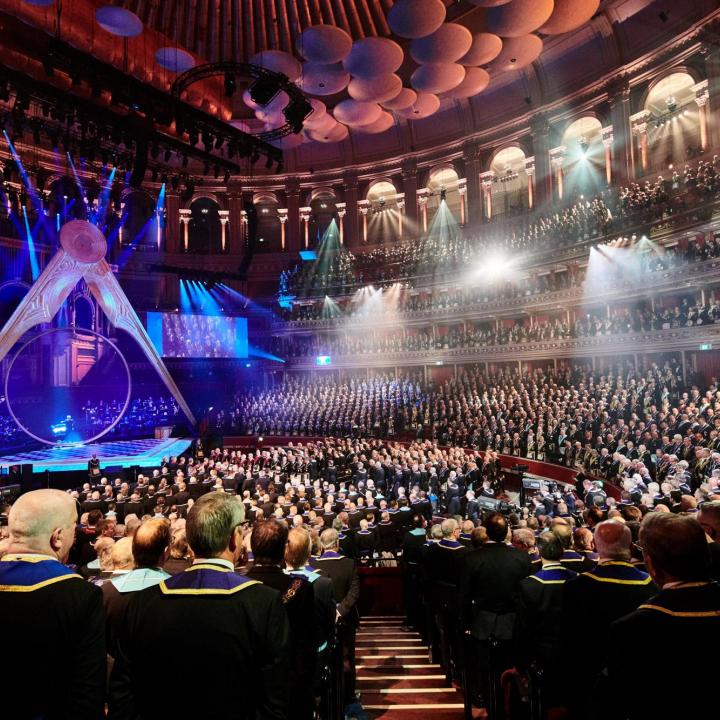
A. The meeting is in two parts. As in other organizations, there is a certain amount of administration procedure: minutes of last meeting, proposing and balloting for new members, discussing and voting on financial matters, election of officers, news and correspondence. Then there are the ceremonies for admitting new members, and the annual installation of the Master and appointment of officers. The three ceremonies for admitting new Masons are in 2 parts: a slight dramatic instruction in the principles and lessons taught in the Craft, followed by a lecture in which the candidate’s various duties are spelled out.
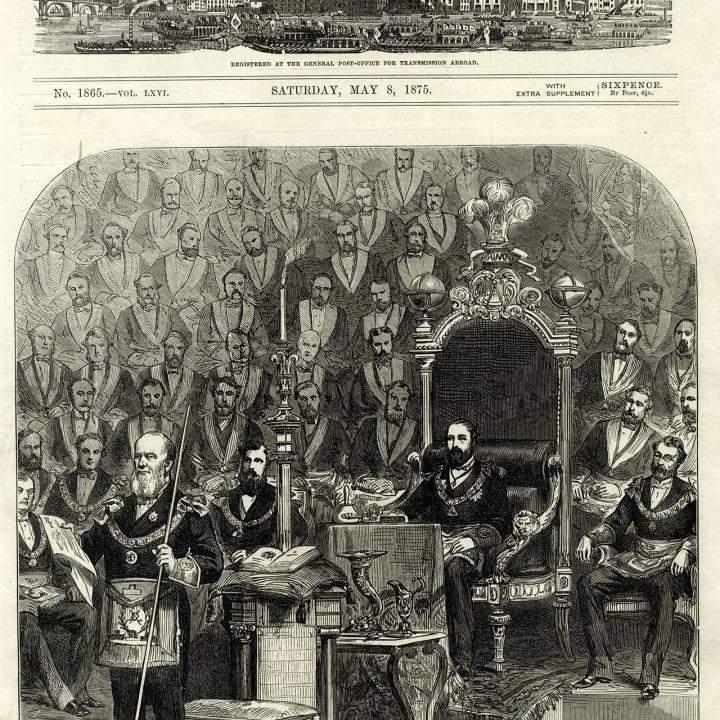
A. No. The ritual is a shared experience which binds the members together. Its use of drama, allegory and symbolism impresses the principles and teachings more firmly in the mind of each candidate than if they were simply passed to him in a matter of fact modern language.

A. New members make solemn promises concerning their conduct in the Lodge and society. Each member also promises to keep confidential the traditional methods of proving that he is a Freemason which he would use when visiting a Lodge where he is not known. Freemasons do not swear allegiences to each other or to Freemasonry. Freemasons promise to support others in times of need, but only if that support does not conflict with their duties to God, the Law, their family or with their responsibilities as a citizen.

A. They no longer do. When Masonic ritual was developing in the late 1600’s and 1700’s, it was quite common for legal and civil oaths to include physical penalties, and Freemasonry simply followed the practice of the times. In Freemasonry, however, the physical penalties were always symbolic and were never carries out. After long discussions they were removed from the promises in 1986.

A. Absolutely not. That would be a misuse of membership and subject to Masonic discipline. On his entry to Freemasonry, each candidate states unequivocally that he expects no material gain from his membership. At various stages during the three ceremonies of his admission, and when presented with a certificate from the Grand Lodge that the admission ceremonies have been completed, he is forcefully reminded that attempts to gain preferment or material gain for himself or others is a misuse of membership which will not be tolerated. The Book of Constitutions which every candidate receives contains strict rules governing abuse of membership which can result in penalties varying from temporary suspension or to expulsion.
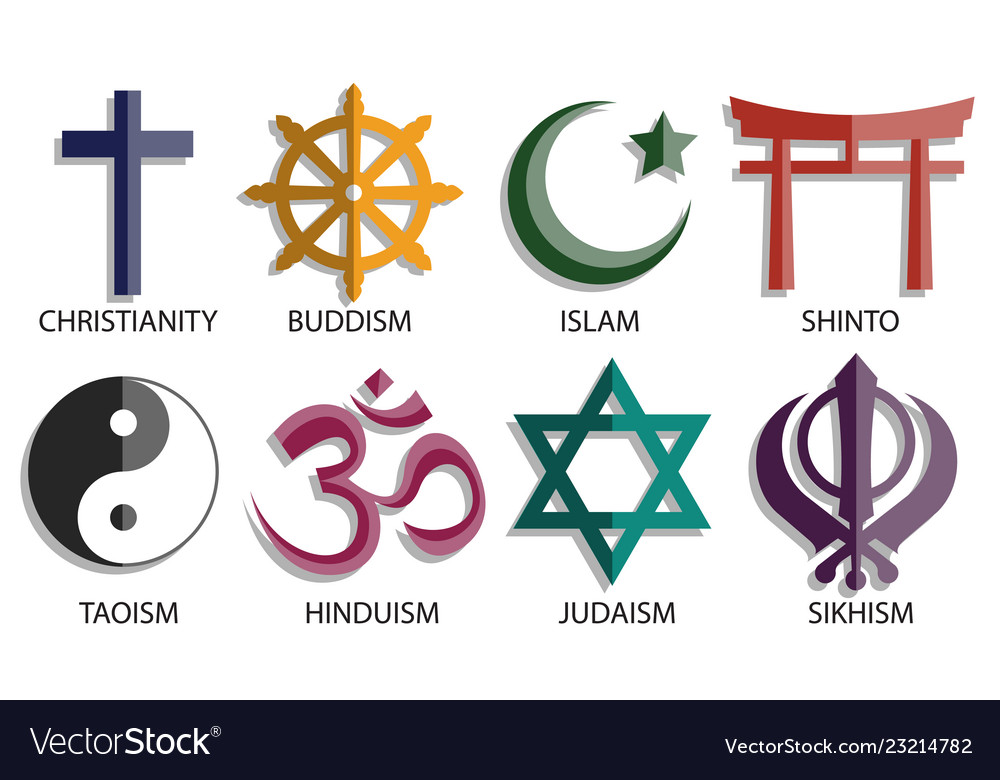
A. No. Freemasonry requires a belief in a supreme being and its principles are common to many of the world’s great religions. Freemasonry does not try to replace religion or substitute for it. Every candidate is exhorted to practice his religion and to regard its Holy Book as the unerring standard of truth. Freemasonry does not instruct its members in what their religious beliefs should be, nor does it offer sacraments. Freemasonry deals with relations between men; religion deals with man’s relations with God.
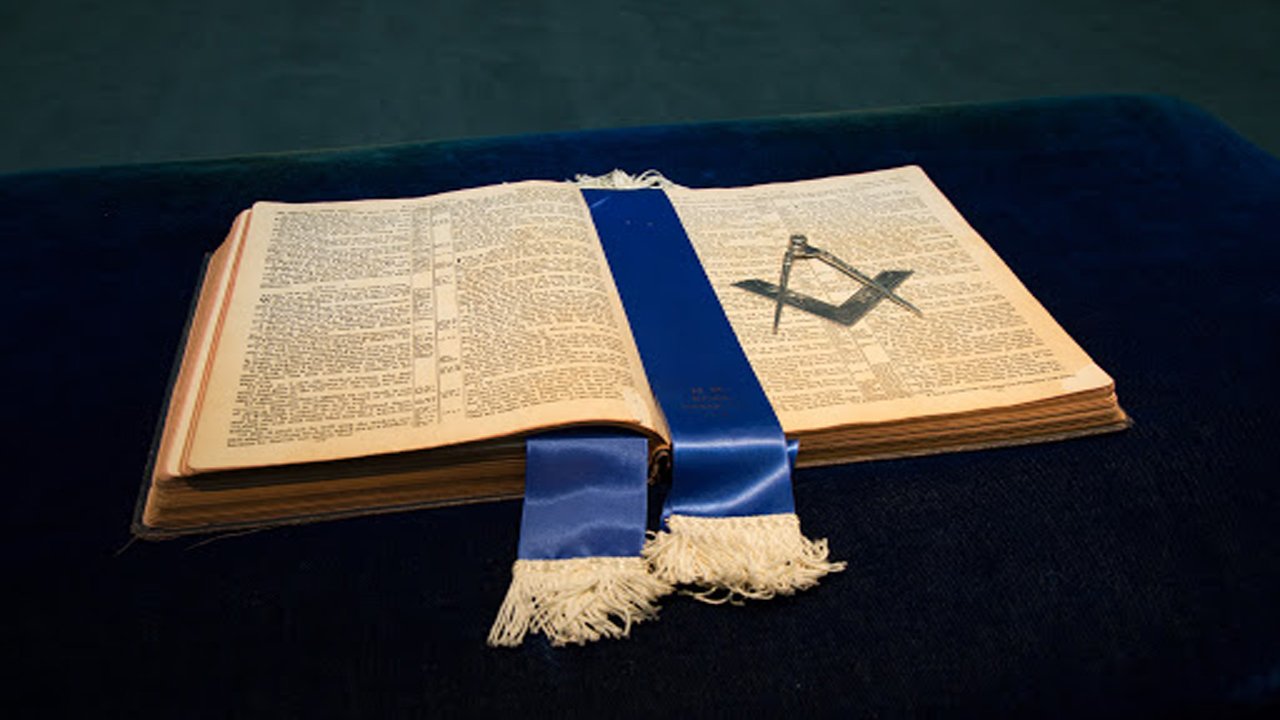
A. Freemasonry embraces all men who believe in God. Its membership includes Christains, Jews, Hindus, Sikhs, Muslims etc. The use of descriptions such as ‘The Great Architect of the Universe’ prevents disharmony. The Great Architect is not a specific masonic God or an attempt t combine all God’s into one. Thus, men of differing religions pray together without offence being given to any of them.

A. There are elements within certain churches who misunderstand Freemasonry, and confuse secular rituals with religious liturgy. Although the Methodist Conference and the General Synod of the Anglican Church have occasionally criticised Freemasonry, in both churches there are many Masons and indeed others who are dismayed that the Church should attack Freemasonry, an organization which has always encouraged its members to be active in their religion.
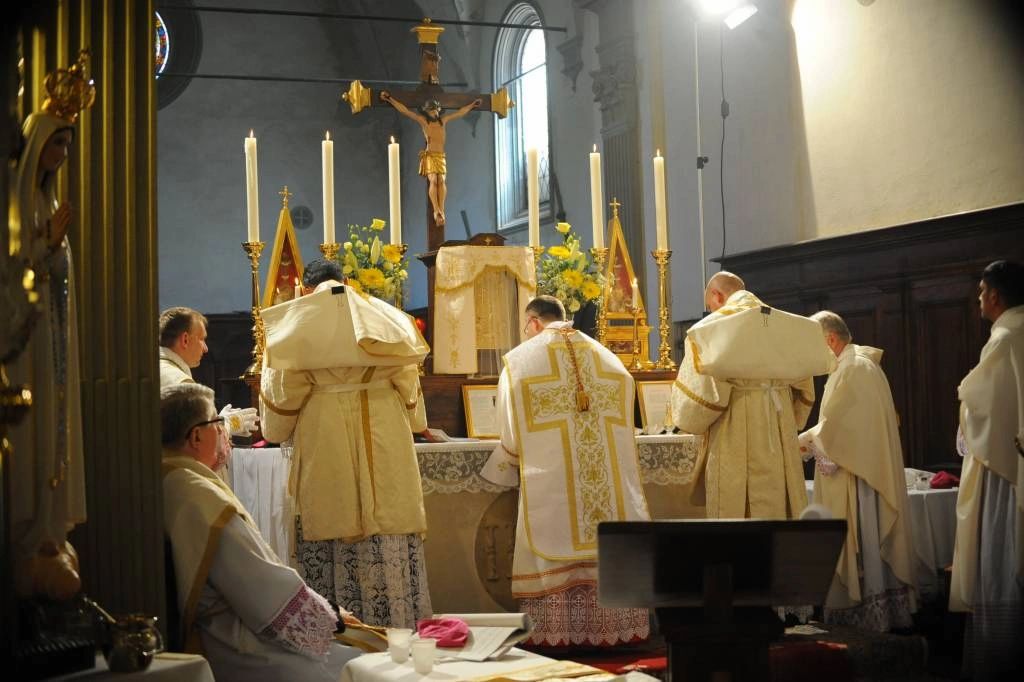
A. It does. The prime qualifications for admission has always been a belief in God. How that belief is expressed is entirely up to the individual. Four Grand Masters of English Freemasonry have been Roman Catholics. There are many Roman Catholic Freemasons.

A. Emphatically not. Whilst individual Freemasons will have their own views on politics and state policy, Freemasonry as a body will never express a view on politics. The discussion of politics at Masonic meetings has always been prohibited.
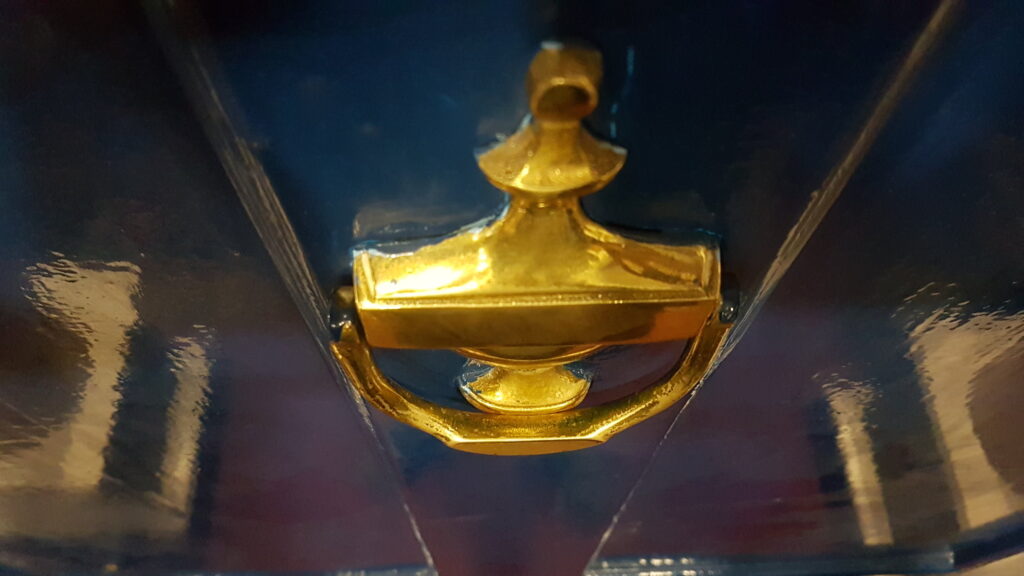
A. There are groups in other countries who call themselves Freemasons and who involve themselves in political matters. They are not recognised or countenanced by the United Grand Lodge of England and other Grand Lodges who follow the basic principles of Freemasonry and ban the discussions of politics and religions at their meetings.

A. None. There are numerous fraternal orders and friendly societies whose rituals, regalia and organization are similar in some respects to Freemasonry. They have no formal or informal connections with Freemasonry.

A. Traditionally, Freemasonry under the United Grand Lodge of England has been restricted to men. The early stonemasons were all male, and when Freemasonry was organizing, the position of women in society was different from today. If women wish to join Freemasonry, there are two separate Grand Lodges in England restricted to women only.
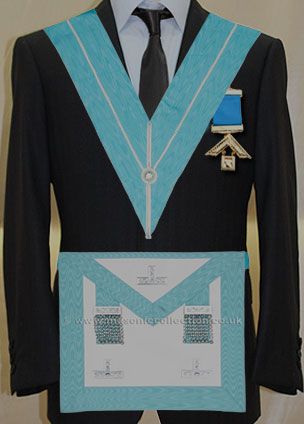
A. Wearing regalia is historical and symbolic and, like a uniform, serves to indicate to members where they rank in the organization.
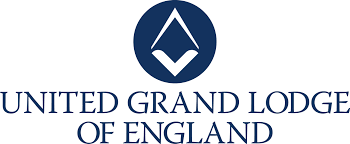
A. Under the United Grand Lodge of England there are about 330,000 Freemasons meeting in 6440 lodges. There are separate Grand Lodges for Ireland (which covers north and south), and Scotland, with a combined membership of about 150,000. Worldwide there are probably 5-6 million members.

A. It is not known. The earliest recorded ‘making’ of a Freemason in England is that of Elias Ashmole in 1646. Organized Freemasonry began with the founding of the Grand Lodge of England on 24.06.1717 – the first Grand Lodge in the world. Ireland followed in 1725 and Scotland in 1736. All regular Grand Lodges in the world trace themselves back to one or more of the Grand Lodges in the British Isles. There are two main theories of origin. According to one, the operative stone masons who built the great cathedrals and castles had lodges in which they discussed trade affairs. They had simple initiation ceremonies, and as there were no City Guilds certificates, dues cards or Trades Union membership cards, they adopted secret signs and words to demonstrate that they were trained masons when they moved from site to site. In the 1600’s these operative Lodges began to accept non-operative ‘gentlemans’ masons’. Gradually these ‘non-operatives’ took over the Lodges and turned them from ‘operative’ to non-operative’ or ‘speculative’ Lodges.
The other theory is that in the late 1500’s and early 1600’s there was a group which was interested in the promotion of religious and political tolerance in an age of great intolerance, when differences of opinion on matters of religious and politics were to lead to bloody civil war. In forming Freemasonry, they were trying to make better men, and to build a better world.
As the means of teaching in those days was by allegory and symbolism, they took the idea of a building as the central allegory on which to form their system. The main source of allegory was the Bible, the contents of which were known to everyone, even if they could not read, and the only building described in detail in the Bible was King Solomon’s Temple, which became the basis of the ritual. The old Trade Guilds provided them with their basis of administration of a master, Warden, Treasurer and Secretary, and the operative masons’ tools provided them with a XXX of symbols with which to illustrate the moral teachings of Freemasonry.
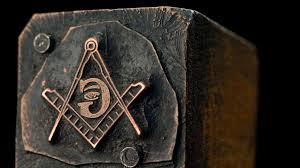
A. Basic Freemasonry consists of the three ‘Craft’ degrees (ie Entered Apprentice, Fellow Craft and Master Mason), completed by the Royal Arch (Chapter). There are many other Masonic degrees and orders which are ‘additional’ because they add to the basis of Craft Masonry, and Royal Arch. They are not basic to Freemasonry, but add to it by further expanding and illustrating the principles stated in the craft and Royal Arch. Some of these additional degrees are numerically superior to the 3rd degree, but this does not affect the fact that they are additional to and not in any way superior to or higher than the Craft. The ranks that these additional degrees carry have no standing with the Craft or Royal Arch.

A. It varies from Lodge to Lodge, but anyone wishing to join can find a Lodge to suit his pocket. On entry, there is an initiation fee. A member pays a yearly subscription to his Lodge which covers membership and the administration cost of running the Lodge. It is usual to have a meal (‘Festive Board’) after the monthly meeting, for a reasonable cost. It is entirely up to the individual member what he gives to Charity, but it should always be without detriment to his other life responsibilities.
